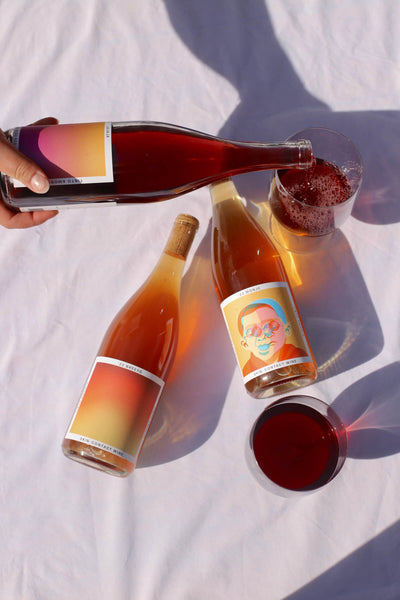
When it comes to wine, Spain has a rich and vibrant heritage that dates back centuries. Spanish red wines, in particular, are celebrated for their bold flavors, unique grape varieties, and the traditional winemaking techniques that have been passed down through generations. Join us on a journey through the world of Spanish red wine as we explore the history, tradition, and taste that make these wines truly special.
The History of Spanish Red Wine
Spain has a long and storied history when it comes to winemaking, with evidence of vine cultivation dating back to the time of the Phoenicians and Greeks. The Romans also played a significant role in the development of winemaking in Spain, introducing new grape varieties and techniques that would shape the industry for centuries to come. During the Middle Ages, Spanish monks further refined winemaking practices, creating some of the iconic wine regions that we know today.
Key Points:
- Phoenicians and Greeks introduced vine cultivation to Spain.
- Romans introduced new grape varieties and techniques.
- Spanish monks played a significant role in refining winemaking practices.
Traditional Grape Varieties
Spanish red wines are made from a variety of grape varieties, each with its own unique characteristics and flavors. Some of the most common grape varieties used in Spanish red wine production include:
Tempranillo
Tempranillo is perhaps the most famous red grape variety in Spain, known for its bold flavors of red fruit, leather, and tobacco. It is the primary grape used in the production of Rioja and Ribera del Duero wines.
Garnacha
Garnacha, also known as Grenache, is a versatile grape that produces fruit-forward wines with notes of ripe berries and spices. It is commonly used in blends with other grape varieties.
Monastrell
Monastrell, also known as Mourvèdre, is a robust grape variety that thrives in the hot, dry climate of southern Spain. Wines made from Monastrell are full-bodied with flavors of dark fruit and earth.
Key Points:
- Tempranillo is the most famous red grape variety in Spain.
- Garnacha produces fruit-forward wines with notes of ripe berries and spices.
- Monastrell thrives in the hot, dry climate of southern Spain.
Wine Regions of Spain
Spain is home to a diverse range of wine regions, each with its own unique terroir and winemaking traditions. Some of the most famous wine regions in Spain for red wine production include:
Rioja
Rioja is perhaps the most famous wine region in Spain, known for its high-quality Tempranillo wines. The region is divided into three sub-regions – Rioja Alta, Rioja Alavesa, and Rioja Baja – each with its own distinct characteristics.
Ribera del Duero
Ribera del Duero is another prestigious wine region in Spain, known for its bold and structured red wines made primarily from Tempranillo grapes. The region's high elevation and extreme temperatures contribute to the unique flavors of the wines produced here.
Priorat
Priorat is a small but prestigious wine region in Catalonia, known for its powerful and complex red wines made from old-vine Garnacha and Cariñena grapes. The region's rugged terrain and slate soils give the wines a distinctive mineral character.
Key Points:
- Rioja is known for its high-quality Tempranillo wines.
- Ribera del Duero produces bold and structured red wines.
- Priorat is famous for its powerful and complex red wines made from old-vine Garnacha and Cariñena grapes.
Winemaking Techniques
Spanish winemakers have a long history of employing traditional winemaking techniques that have been passed down through generations. Some of the key winemaking techniques used in the production of Spanish red wines include:
Oak Aging
Many Spanish red wines are aged in oak barrels, which impart flavors of vanilla, spice, and toast to the wine. The length of time spent in oak can vary depending on the style of wine being produced.
Carbonic Maceration
Carbonic maceration is a winemaking technique in which whole grapes are fermented in a carbon dioxide-rich environment before being crushed. This process helps to preserve the fresh fruit flavors in the wine.
Extended Maceration
Extended maceration is a technique in which the grape skins are left in contact with the fermenting wine for an extended period. This helps to extract more color, flavor, and tannins from the skins, resulting in a richer and more structured wine.
Key Points:
- Spanish red wines are often aged in oak barrels.
- Carbonic maceration helps preserve fresh fruit flavors in the wine.
- Extended maceration results in a richer and more structured wine.